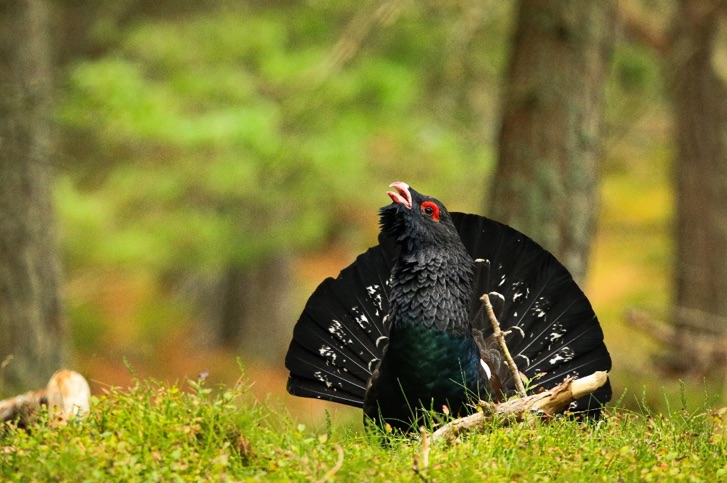A new set of coins coming into circulation to mark the reign of King Charles III will highlight his passion for conservation by featuring threatened species.
The eight new coin designs will include a hazel dormouse, red squirrel, oak leaf, capercaillie, puffin, Atlantic salmon, bees and national flowers.
The species featured on the coins, which will enter circulation by the end of the year, are the focus of research carried out by the Game & Wildlife Conservation Trust.
The GWCT is supporting farmers, land managers and working conservationists to reverse the decline of the animals on the coins.
Atlantic salmon will feature on the 50p coin, while bees will be on the £1 coins.
The capercaillie – Scotland’s biggest grouse on the brink of extinction – will be on the 10p coin.
The Trust’s royal connections stretch back to the 1960s.
HM King Charles is the Trust’s patron, a role he took over from his father.
HRH, the Duke of Edinburgh, was the Trust’s president for eight years, before becoming its patron from 1973 until his death in 2021.
Capercaillie numbers in Scotland have nearly halved in 10 years, with as few as 304 birds remaining in 2020.

Credit: Jude Dinham-Price
This iconic bird used to be widespread but is now mainly just found in pockets of old pine forest in the Cairngorms National Park.
In the 1970s there were around 20,000 capercaillie left in Scotland but by 1999 only 1,073 were thought to remain.
During a 10-year-long GWCT study (2010-2020) numbers declined by 48%, with the biggest decline seen in the last five years of the study.
Rory Kennedy, the GWCT’s Director for Scotland, said: ‘We’re looking at 20 to 30 years before capercaillie are likely become extinct in Scotland unless action is taken.
‘To reverse the trend, conservation measures must be stepped up, including predator control, reducing the predation risk by pine marten and marking and removing deer fences.
‘Many birds die in collisions with deer fences.’
Read more on Scottish Field’s News pages.
Plus, don’t miss the November issue of Scottish Field magazine.
TAGS

